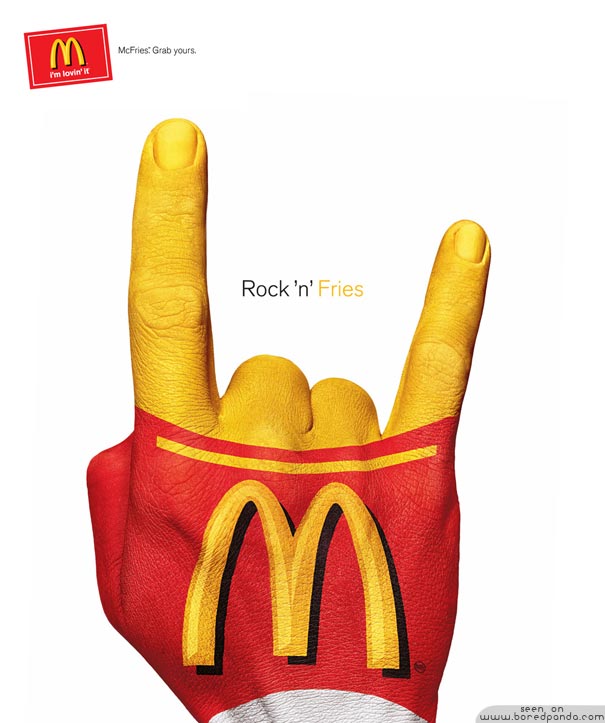Viral media, spreadable media and stickiness are interesting theories accounts of how to look at the distribution of media in society.
Let’s talk about viral media. This concept was brought to attention by Douglas Rushkoff (1994) where he made the argument that media is “not like a virus, but is a virus” (p. 9). This is because viral media has the expansive power like a germ, it spends and attacks. They way it works is that it makes the body, in the case of media we would be the cells, make making us look and interact with it all the time. Like any virus, we are not immune to it and do not choose to be infected by it. In addition, it is dressed like a Trojan horse. To clarify, this means that the message is hidden within the media, its exterior being what entertains us (p. 5). Likewise, we do not have resistance to it. When we are infected, a power struggle between us and the message it try to portray. These hidden messages are the ideas, issues and agendas of the producer. This media spreads though networks just like actual viruses, where popular culture brings it to attention (p. 10). This later is how viral media changes the norms of society once it has passed through data-sphere. It speeds incredibly fast and depends on popular culture to live on; it infects use just as rapidly as it spreads.
To break this down further, there are three main kinds of viral media. They are made as publicity stunts, band-wagon viruses and self-generating viruses. For the last kinds, their production is interesting as they become self-corrective (Rushkoff, 1994, 10-12).
However, the entire notion of the virus inevitably seems negative, to me the correlation with a negative, human or computer viruses is not able to be separated from the new term. Not only this, but it is a bit outdated and does not go deep enough into the analysis. Simply put, it is outdated.
The slogan from Jenkins et al. (2013) about media is rather that “if it doesn’t spread, it’s dead” (p. 1). This correlates to the theory of spreadable media which focuses more on a hybrid model of circulation. By this, the authors mean they analyze both the top-down and bottom-up approach (p. 2). Part of this means that the production of media is decentralized (p. 38). This is because there is a blurred line with the role of the audience as they both are the consumers and shapers. The shaping of media is done by the consumers as they continue to respond, react, recreate and modify the spreadable media. This give the media its power (p. 20). In addition, this approach specifically looks at the social logics and cultural practices established already to see why shareable media has become such a big role in media and in daily life (p. 2).
This was created in response to viral media due to the shortcomings found. It differs by stressing the role the user-generated aspect of media (Jenkins et al, 2013, p. 12). This approach is a lot more wholesome. However, one must also consider the aspect of stickiness in regards to media.
Stickiness aims to make a brand or idea stay, or stick, to the consumer to try to establish brand loyalty. In other words, the content tries to hold the attention of the audience Jenkins et al, 2013, p. 4). This is more of a passive agent opposed to the active agent of spreadability. In addition, it is more centralized, created as a top-down method. This would also encourage its researchers to look at factors such as how many views a video gets. However, it links to spreadability because the idea must stick before being folded into something new.
The example I chose today was one of my favorite commercials shown to me by my cousin. The setting is the German Coastguard office where a new employee is starting his first day and gets a distress message from ship. In this message, they alert the Coastguard that their boat is sinking. He misunderstands the “sinking” for “thinking” and respond with, “What are you thinking about” in a German accent. The joke is that Germans often have trouble learning to make the “Th” sound and instead use an “S” sound. Then the commercial cuts to the closing frame, where you find out it is an advertisement for an English language course.
Considering the stickiness, one can see that just this view has almost 2,500,000 views which proves just how much the media content stuck and kept the consumers’ attention. Not only this, but you will find many copied of this video online.
Along with my search, I found some responses and recreations. In these, the media has lost its message of advertising the language center to become humorous home videos. However, it shows just how spreadable the commercial was as so many people changed and recreated the video.
https://www.youtube.com/watch?v=Yk-ihZf6lQU
How do you think you have shaped media?
Reference List
Jenkins, H., Ford, S., & Green, J. (2013). Introduction: Why Media Spread. In Spreadable media: creating value and meaning in a networked culture (pp. 1-46). New York; London: New York University Press. Retrieved from http://nyupress.org/webchapters/jenkins_intro.pdf.
Rushkoff, D. (1994). Introduction (pp. 3 -16). In: Media virus! Hidden agendas in popular culture (1st ed.). New York: Ballantine Books.















